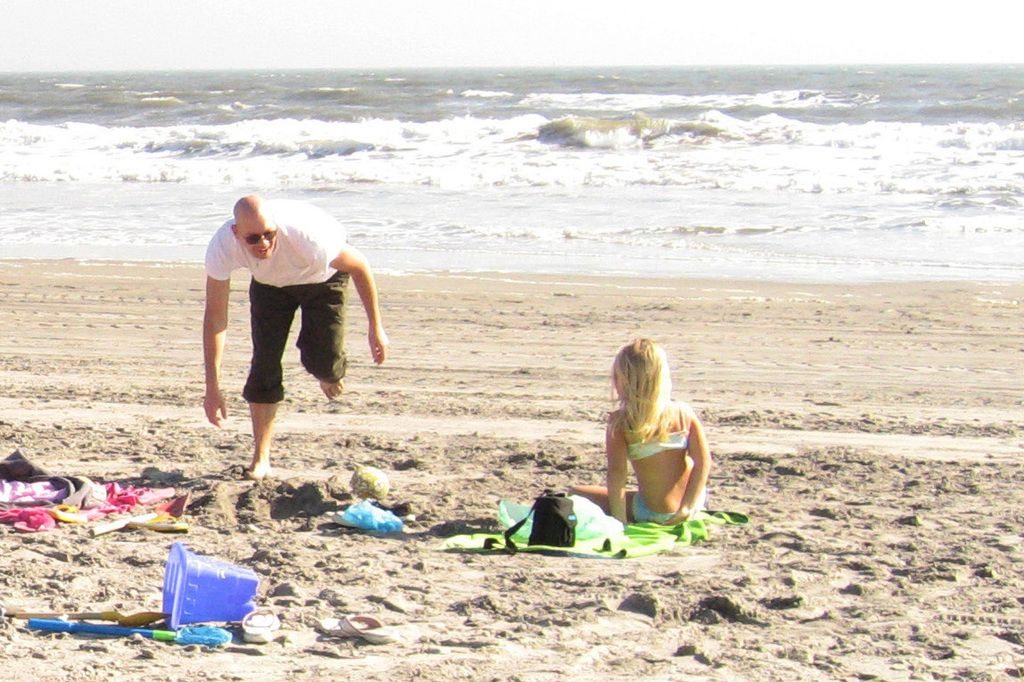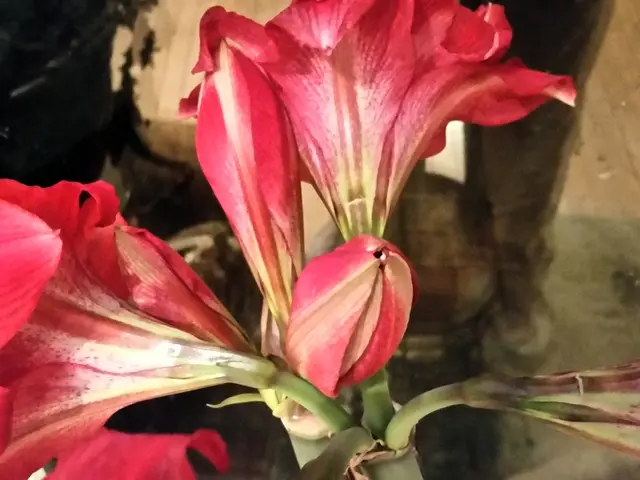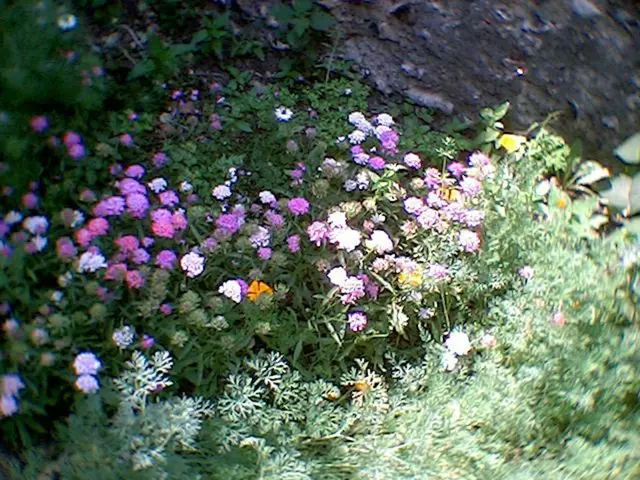House-Unfriendly Flora: Species That Should Be Kept Away
Warning: This guide contains potentially damaging information about trees and their impact on property. Use this info at your own risk.
Planting a tree near your house might seem like a great idea, decorating your humble abode with mother nature's finery. But tread carefully, folks! Garden designer Arit Anderson cautions against planting certain trees close to your house, and for good reason.
First off, we've got the thirsty sweathearts, such as poplars and oaks. These trees demand a significant amount of H2O, and on clay soils that shrink as they lose moisture, that could spell trouble for your home's foundation. Kludge up your house's structure by removing large trees and shrubs, too, as soils can swell when the plants once drawing in water are no longer there.
The National House Building Council suggests keeping trees at a distance of three quarters of their maximum height from your house. If a tree's a thirsty one, space it out even further– more than its maximum height away from your house is advisable.
Here's a list of trees to steer clear from, especially in smaller gardens:
- Poplars: Their roots make short work of drainage systems. Fly too close to this one, and you'll be fixed with costly repairs.
- Oak Trees: Like poplars, oaks are water-guzzlers that can threaten your house's foundation. Space 'em out, folks!
- Foxglove Tree: Fast-growing roots eager to smash your drainage and pavement. Keep 'em out of sight, out of mind.
- Ivy: A plant that's magical for wildlife, but a menace when planted against house walls. Blocked guttering, unsightly residue, and potential brickwork damage are just a few of its charms.
- Eucalyptus: A water-guzzling tree that'll draw too much moisture from the soil. Best kept well away from your prized property.
- Willows: Warning: Thirsty roots, apt to wreak havoc on drainage systems.
- Cypress: High water demand, a favorite for poorly-drained clay soils– but too close to your house, and it can cause your foundation to contract and crack.
And remember, when you're planting near drains, walls, or any other structural elements, leave room for trunks to expand and roots to spread. No one wants an unexpected pavement collapse on their watch!
Lastly, watch out for these invasive plants, which can damage gardens and even threaten local ecosystems:
- Japanese knotweed (Fallopia japonica)
- Himalayan balsam (Impatiens glandulifera)
- Giant hogweed (Heracleum mantegazzianum)
- Gunnera (Gunnera tinctoria, Gunnera manicata, Gunnera x cryptica)
- Milkweed (Asclepias syriaca)
- Three-cornered leek (Allium triquetrum)
- Cotoneasters (Cotoneaster horizontalis, Cotoneaster integrifolius, Cotoneaster simonsii, Cotoneaster bullatus, Cotoneaster microphyllus)
For more details, check out Schedule 9 of the Wildlife and Countryside Act in England and Wales. Planting these species in the wild is illegal, so beware of gifting or purchasing them.
Stay tuned for more tips on selecting trees for small gardens, planting techniques, and suitable trees to keep close to your house. Until then, happy gardening!
When planning the layout of your home-and-garden, consider the lifestyle implications of tree selection, especially for smaller gardens. Steer clear of thirsty trees like poplars and oaks, as their dominant roots can harm your home's foundation by destabilizing the soil on clay soils, potentially leading to costly home repairs. Moreover, certain plants, such as ivy and japanese knotweed, can cause damage to walls and structural elements due to their invasive roots and growth habits.








